Archives
- 2025-12
- 2025-11
- 2025-10
- 2025-09
- 2025-03
- 2025-02
- 2025-01
- 2024-12
- 2024-11
- 2024-10
- 2024-09
- 2024-08
- 2024-07
- 2024-06
- 2024-05
- 2024-04
- 2024-03
- 2024-02
- 2024-01
- 2023-12
- 2023-11
- 2023-10
- 2023-09
- 2023-08
- 2023-07
- 2023-06
- 2023-05
- 2023-04
- 2023-03
- 2023-02
- 2023-01
- 2022-12
- 2022-11
- 2022-10
- 2022-09
- 2022-08
- 2022-07
- 2022-06
- 2022-05
- 2022-04
- 2022-03
- 2022-02
- 2022-01
- 2021-12
- 2021-11
- 2021-10
- 2021-09
- 2021-08
- 2021-07
- 2021-06
- 2021-05
- 2021-04
- 2021-03
- 2021-02
- 2021-01
- 2020-12
- 2020-11
- 2020-10
- 2020-09
- 2020-08
- 2020-07
- 2020-06
- 2020-05
- 2020-04
- 2020-03
- 2020-02
- 2020-01
- 2019-12
- 2019-11
- 2019-10
- 2019-09
- 2019-08
- 2019-07
- 2019-06
- 2019-05
- 2019-04
- 2018-11
- 2018-10
- 2018-07
-
Furthermore Survivin is a member of
2020-12-10
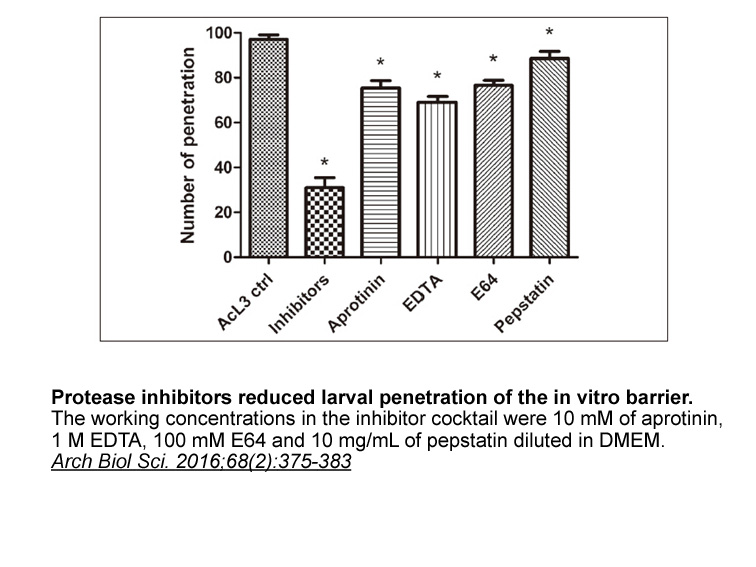
Furthermore, Survivin is a member of the inhibitor of apoptosis family. IR induces a rapid nuclear accumulation of survivin and subsequent phosphorylation of the protein in the nucleus. Co-immunoprecipitation and immunofluorescence co-localization analyses revealed an interaction among survivin, Ku7
-
DNA PK Jackson is activated by DNA
2020-12-10
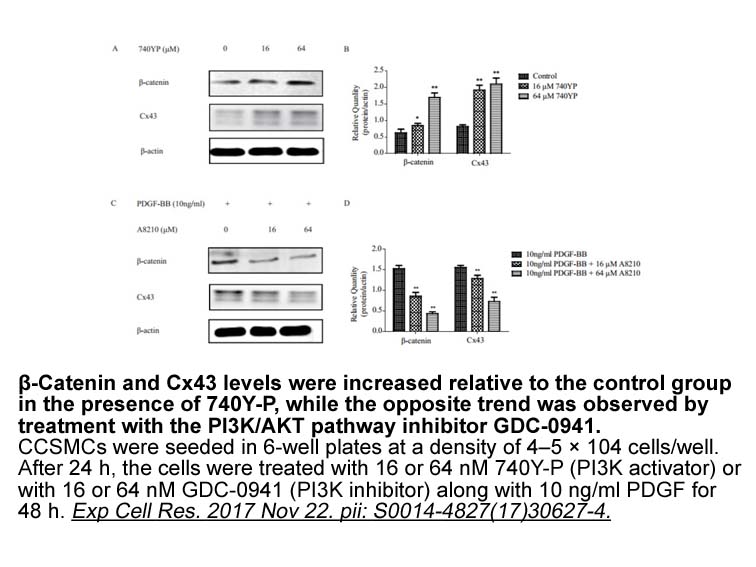
DNA-PK (Jackson, 1997) is activated by DNA double-stranded breaks (DSBs). It is a trimeric complex composed of the catalytic subunit, DNA-PKcs, and the Ku70/80 heterodimer. DNA-PK mediates non-homologous end joining (NHEJ), which joins programmed DSBs created during V(D)J recombination and class swi
-
Importantly piPolB holds a great promise
2020-12-10
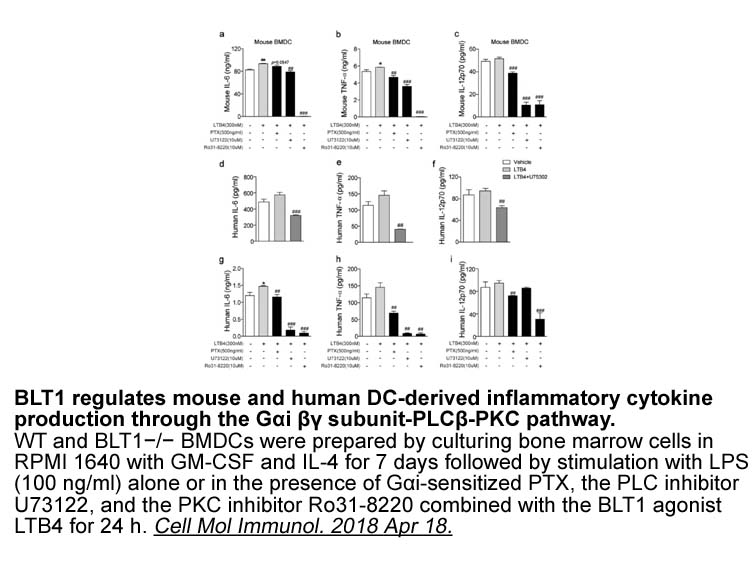
Importantly, piPolB holds a great promise for developing novel biotechnological applications. For instance, in vitro activities of piPolB, namely, strand displacement and faithful, processive DNA polymerization, can be harnessed for efficient primer-independent whole-genome amplification, whereas th
-
br Four active site residues of KSTD
2020-12-10
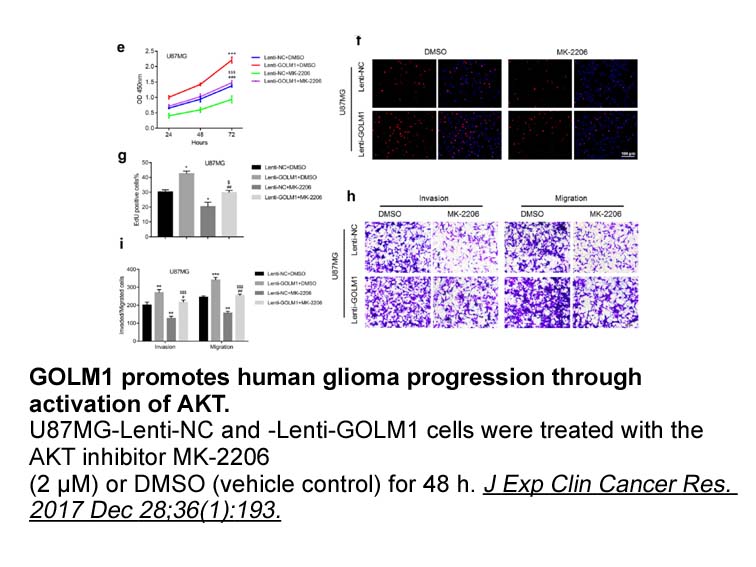
Four active site residues of Δ1-KSTD1 are fully conserved in Δ1-KSTDs from different species (Supplementary Figure S2). These residues are Tyr-119, Tyr-487, and Gly-491 from the FAD-binding domain and Tyr-318 from the catalytic domain. The structure of the Δ1-KSTD1•ADD complex revealed that the hy
-
Our results in the present
2020-12-10
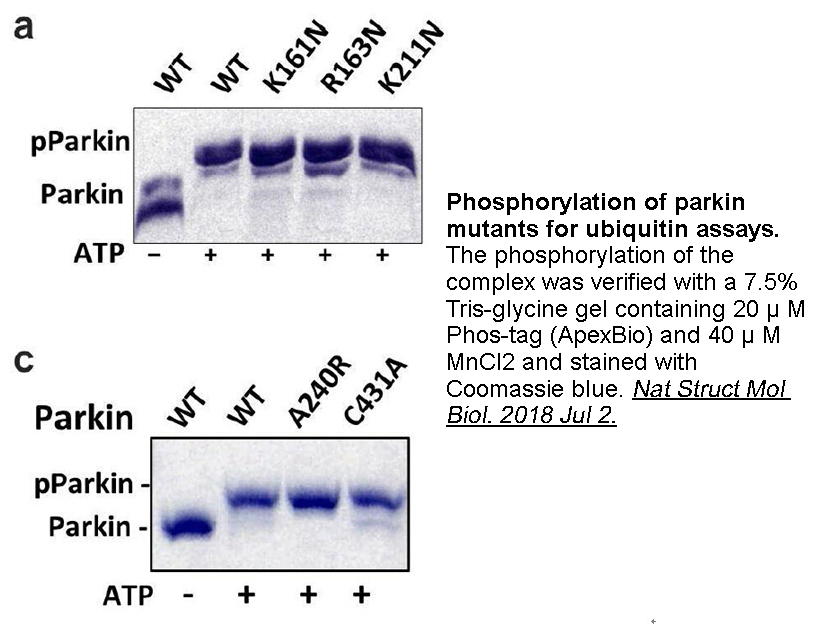
Our results in the present study demonstrate that CysLT1 mediates leukotriene-induced contraction in the fundus and suggest that both CysLT1 and CysLT2 mediate leukotriene-induced contraction in the antrum in vitro. Further studies on the effects of leukotrienes in vivo are required to elucidate the
-
N-acetyl D-galactosamine First we synthesized inhibitor foll
2020-12-10

First, we synthesized inhibitor following the patent procedure reported by Shewchuk et al. to provide its first complete characterization (see ). Two different synthetic approaches were used to obtain compounds –. The first method relied on the alkylation of the common 5-phenol-2,4-diaminopyrimidine
-
Different types of environmentally induced
2020-12-10
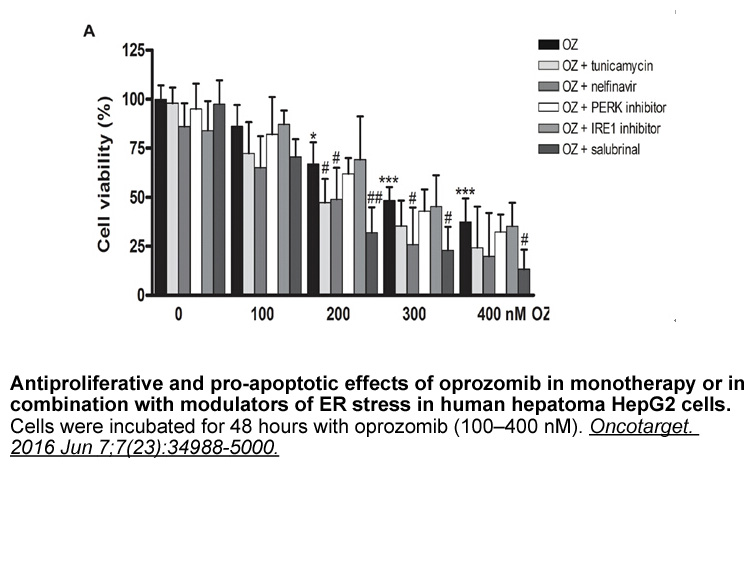
Different types of environmentally induced antinociception have been reported in a wide range of species (e.g., Behbehani, 1995, Bolles and Fanselow, 1980, Harris, 1996, Millan, 2002, Rodgers, 1995). According to Bolles and Fanselow (1980), fear and pain are independent and competing motivational sy
-
br Materials and methods br Results br
2020-12-10
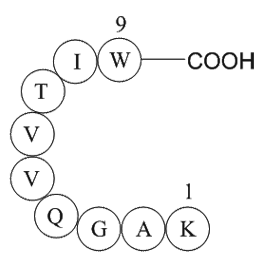
Materials and methods Results Discussion In our tissue array, we demonstrated that 14-3-3 tau mRNA and protein expression levels decreased in the preeclamptic placentas. 14-3-3 proteins are considered to be important in the functional regulation of trophoblasts and maybe associated with adv
-
Cubic equations of state CEoS are particularly popular due t
2020-12-10
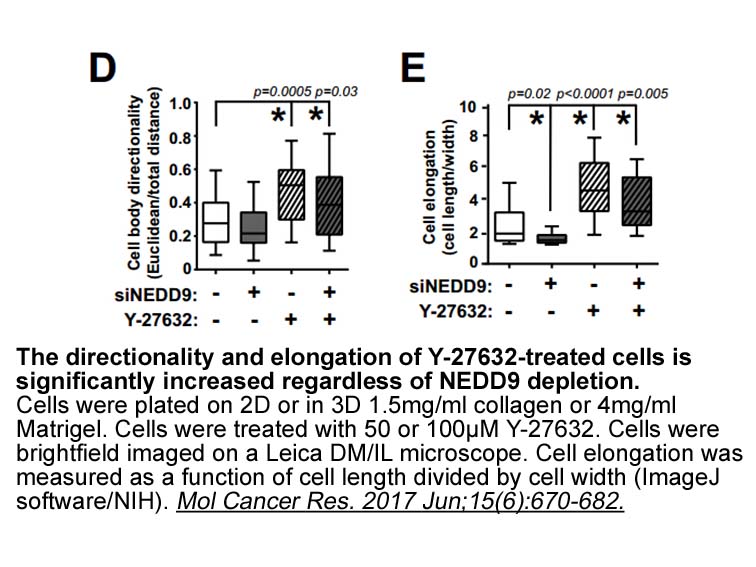
Cubic equations of state (CEoS) are particularly popular due to their simplicity and relatively good accuracy in predicting vapour-liquid equilibrium and liquid-liquid equilibrium for small, non-polar, non-associating molecules, such as light hydrocarbons. CEoS can match the phase boundaries (L/LL a
-
The enzyme cyclooxygenase COX or prostaglandin
2020-12-10
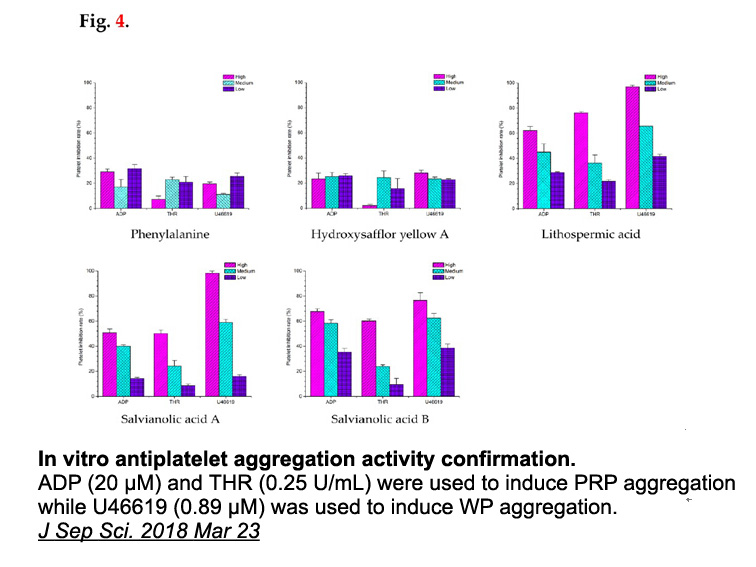
The enzyme cyclooxygenase (COX) or prostaglandin endoperoxide H synthase (PGHS) is the key enzyme in the conversion of arachidonic R788 disodium (AA) into prostaglandins (PGs) [1]. In 1991, researchers found that there were two isoforms of this enzyme called COX-1 and COX-2 with independent genes a
-
Several cholinesterase inhibitors have also been radiolabell
2020-12-09
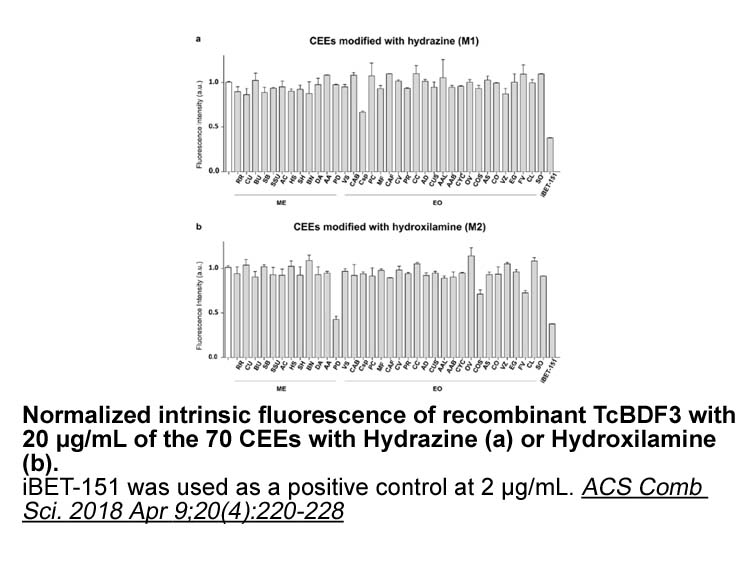
Several cholinesterase inhibitors have also been radiolabelled with 11C as potential cholinesterase imaging agents. These include 11C-donepezil, 11C-methyltacrine, and 11C-physostigmine, which also have had limited success in demonstrating the known histochemically defined cholinesterase distributio
-
br Methods br Results IAA abrogated
2020-12-09
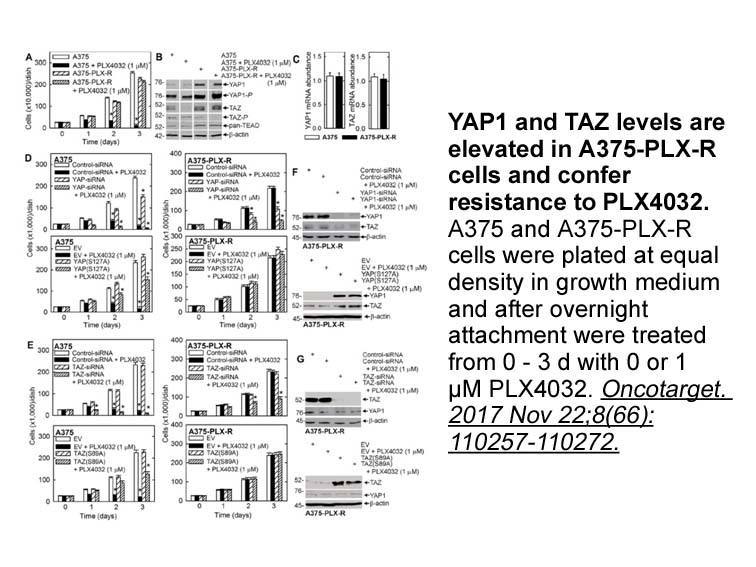
Methods Results IAA-94 abrogated the protective effects of IPC as it increased myocardial infarction (MI) due to IR injury in vitro (Diaz et al., 1999), and also prevented cyclosporine A mediated cardioprotection (Diaz et al., 2013). Moreover, IAA-94-sensitive currents were observed in cardiac
-
In the present study cells were exposed to
2020-12-09
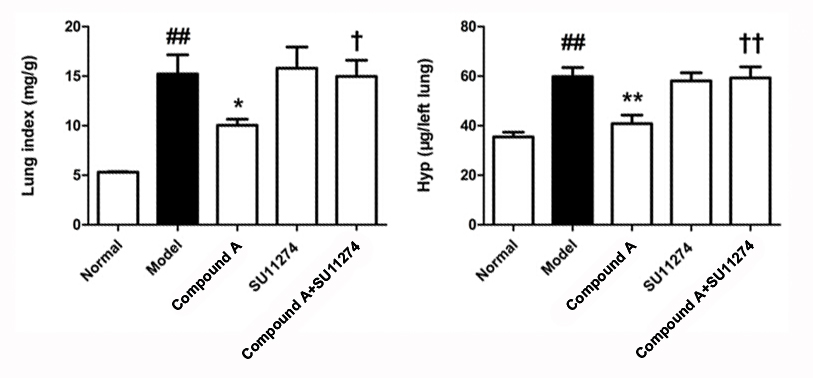
In the present study, cells were exposed to a low level of arsenite and a low cytotoxic concentration of BaP. Thus, γ-H2AX loss correlated with repair of DNA damage in cells co-exposed to arsenite and BaP. These results show that arsenite inhibits repair of BaP-induced DNA damage. In a previous stud
-
amyloid beta protein Renal injury by cisplatin has been asso
2020-12-09
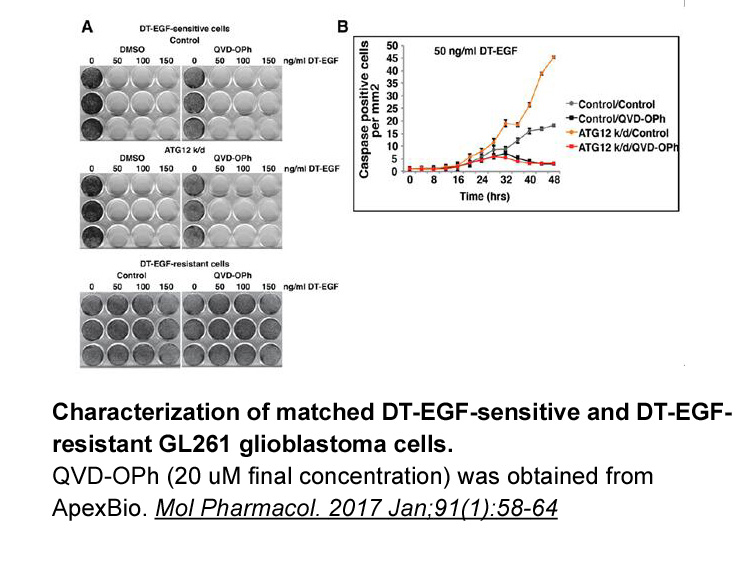
Renal injury by cisplatin has been associated with oxidative stress, inflammation, and apoptosis (Francescato et al., 2007, Iseri et al., 2007, Kiymaz et al., 2008, Ueki et al., 2012). Specifically, apoptosis is an important mode of cell death in cisplatin nephrotoxicity, and many studies including
-
The most common pathology associated with FGR
2020-12-09
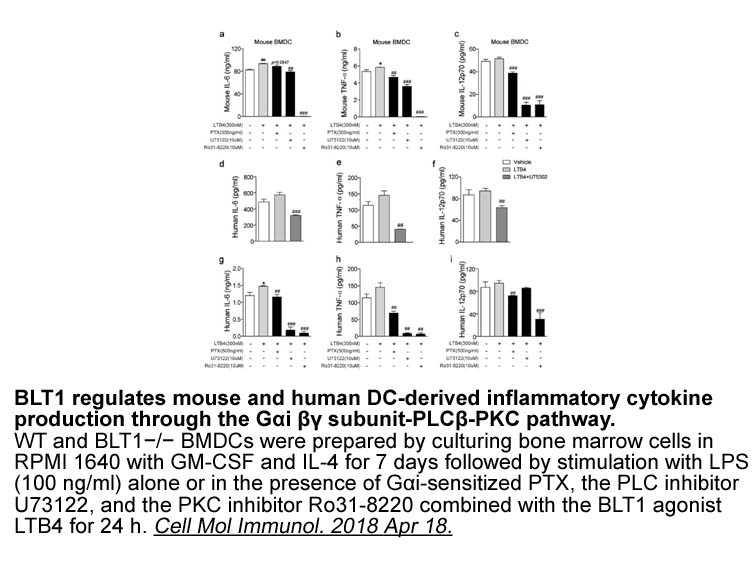
The most common pathology associated with FGR is poor placental perfusion as a result of abnormal placentation [4]. Placental developmental disorders and insufficient hormone synthesis may lead to FGR [5,6]. However, the exact mechanism responsible for abnormal placental development remains unclear.
16739 records 780/1116 page Previous Next First page 上5页 776777778779780 下5页 Last page